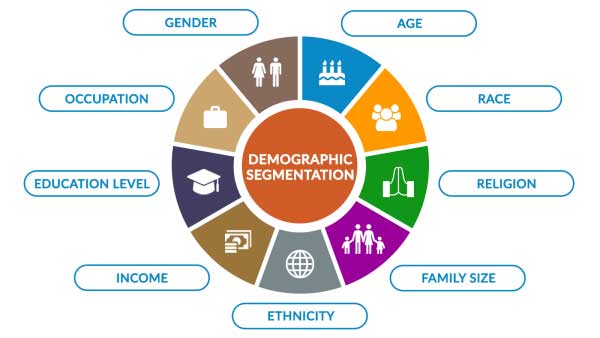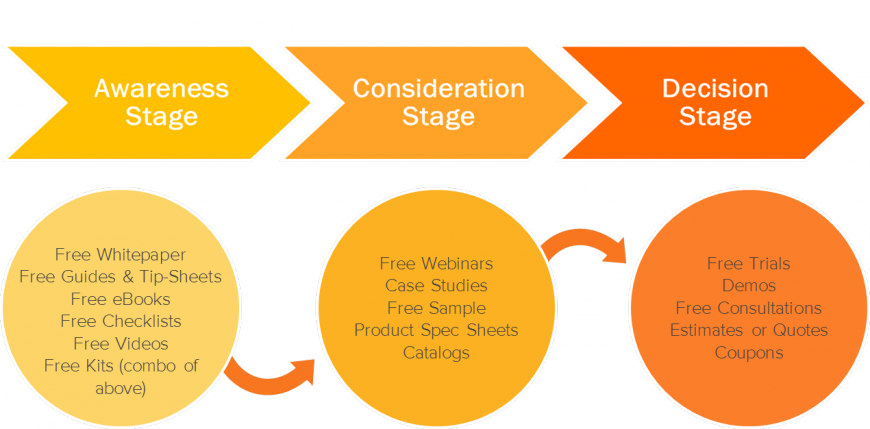7 Tips for Running a (Successful) Email Marketing Campaign for Online Trainings
For online promotion, few channels are as good as email marketing. People check their inbox when they wake up, during the day, and when they commute.
In fact, email marketing boasts an insane ROI of 4200%! And today, in 2020, where the new “normal” has transformed the Internet into the only classroom, you can use emails to scale your audience and host more events than ever!
In order to get your first email marketing campaign up and running, you will need two things. First, the right email service provider and second, the right practical knowledge on how to make it happen.
So, without further ado, let’s discuss how you can run a successful email marketing campaign for your online training event and promote it more effectively.

Define your email marketing campaign goals
Goals are the foundation of every successful marketing campaign, and email marketing is not an exception. Think about what you want to achieve with your campaign. In the case of online training, you might consider:
-
Welcoming new students and building ongoing relationships with them
-
Increasing email interactions and and click rates
-
Nurturing existing relationships by providing value (weekly newsletter for example)
-
Re-engaging inactive subscribers that don’t open your messages or interact
-
Sending highly personalized and targeted messages
Build your contact list
The best email marketing campaigns always start with a list of qualified contacts interested in your product/s. You’ll have more participants and results when you base your marketing on a subscriber list of people that actually want to receive your messages.
There are two major ways to build a relevant email contact list for your online training event:
1. Import Contacts
The contacts that you’ve collected throughout the years can be an excellent addition to your list. But, before you decide whom to include, make sure that you’re allowed to.
Getting permission is essential for higher open rates and building trust, especially with the existing GDPR legislation. Establish your intentions upfront and ask them if they’d want to participate in your online training event.
Focus on your former students and on those who recently signed up for your service but haven’t registered for your online classes yet via workflows.
2. Build a New List
You can always start building a new list of contacts from scratch. This is where turning website visitors into subscribers comes in handy, and there are three principal methods to do this:
-
Pop-ups: A prominent, but at the same time, non-intrusive pop-up can attract users’ attention immediately. Offer them something in exchange for their email and contact info (free guide, exclusive eBook, etc.).
-
Valuable content: Free lead magnets such as eBooks or checklists are an excellent way to motivate people to sign up for your event or pop-ups, as mentioned above.
-
Discount: A discounted early bird access to your online course is a brilliant incentive for anyone interested in signing up.
Segment your contact list
Building your list of potential trainees is an ongoing process. But segmentation is where you can improve the conversion rate. Here’s what to pay attention to when segmenting your contact list:

-
Demographics: Consider age, income, job, and location to sort who the most accessible subscribers are.
-
Behavior: Tailoring your emails to reach people that are most likely to sign up for your online training based on their actions.
-
Engagement: People who open your emails and click on the CTA are definitely the people you want to focus on or show engagement on your other platforms.
-
Technology: Optimizing your emails for mobile devices and browsers increases your chances of gaining sign-ups on the go.
-
Past Purchases: Who signed up for a course before? Focus on the regulars that are always interested to learn more.
Structure the email sequence
A comprehensive plan is crucial for the success of your email marketing campaign. Start by defining a schedule of emails that is essentially a countdown to your event date and gradually build the excitement for the event.
For example:
-
4 Weeks Before The Training - Announcement sequence.
-
3 Weeks Before The Training - Early bird discount sequence.
-
2 Weeks Before The Training - Teasers and reminders sequence.
-
1 Week Before The Training - Event reminders and urgency teasers sequence
On the day of the online event, send users a reminder several hours before starting your training and 15 mins prior to the event. Don’t forget that each of your messages must be perfectly aligned with the user journey:

-
Awareness: Announce the benefits of your course. Make the subscribers realize that the online training is necessary for them.
-
Consideration: When the subscribers realize the benefits they’ll gain, an email to gain their trust and strengthen the connection is mandatory. Show your subscribers genuine testimonials to help them decide.
-
Decision: When subscribers are convinced that your course is right for them, a personalized pitch about the course benefits will do wonders.
Click to learn more about understanding the buyer's journey and creating effective workflows.
Write inviting subject lines
More than 30% of emails are opened based on the subject lines alone. Just like a blog post headline, the email subject line plays a major role in getting people’s attention and increasing your conversion rate.
Writing captivating subject lines can challenging, especially if you want to vary the emails. Not necessarily. There are a few aspects that you can use to write inviting email subject lines:
-
Personalization: People’s names, locations, and interests all can help you personalize your subject line.
-
Urgency: FOMO is really effective when you want to provide a ticket discount or limited seat deals for the subscribers.
-
News: Sending intriguing news about the event and what you’ll feature in your classes is always interesting for the subscribers.
-
Questions: A thought-provoking question is also an excellent way to increase open rates. It’s intriguing, and it works.
Whatever you do, make sure not to write clickbait subject lines that promise everything but don’t deliver on that promise when the users open the message.

Make signing up for the online training event easy
The easier it is for people to sign up for your online training event, the more attendees you’ll have. This is where your landing page steps in! A powerful landing page can turn every interested subscriber into a trainee.
However, there are few things to consider for making that happen:
-
Simplicity: Simple forms throughout your website will make people join right away.
-
Visibility: Always place the sign-up form in a visible spot on your website.
-
Clarity: Keep the CTA clear and as short as possible. If users already opened the page, chances are they’re interested.
-
Storytelling: Tell your story. Show the subscribers the goals that your training will fulfill for them.
-
Benefits: Don’t ramble. Provide a concise bullet list of the most important benefits your course provides.
-
Testimonials: Social proof at its finest. Take pride and let the carefree students tell others how good it is to learn from your course.
A/B test for greater success
While you’re promoting and organizing your training, you might think that there’s no time to experiment with email marketing. But we only improve success when measured, and there’s no better way to assess and refine than A/B testing.
By creating email variations for each of your segments, you can gauge which approach delivers the best results for your campaign.
Even minor tweaks in your email messages and formatting can help you get a better conversion rate.
In short, test everything! Change your subject lines, the content, and the end times. Examine how many people receive and open your messages. Analyze and improve for better results.
Wrapping Up
From building your contact list, segmenting and aligning your messages to testing and optimization, email marketing is much more than bulk sends.
Email is the preferred means of communication with an incredible ROI and the go-to channel for promoting your online training event.
Start leveraging email and bring more attendees to your online training event!
Using the steps we’ve outlined above, you’ll create campaigns that will promote your experience, and you’ll always generate more interest from the subscriber.
Author: Torge Janiesch
Torge has been an Email Marketing Expert since 2011 with a background in Online Marketing Consulting & Trainings. He is the Co-Founder of the website emailtoolreviews.com, where he makes in-depth reviews of email marketing softwares. When not at his computer being a marketing nerd, he loves to travel as a digital nomad, create beautiful DIY interior designs and pursue his interest in personal development.





